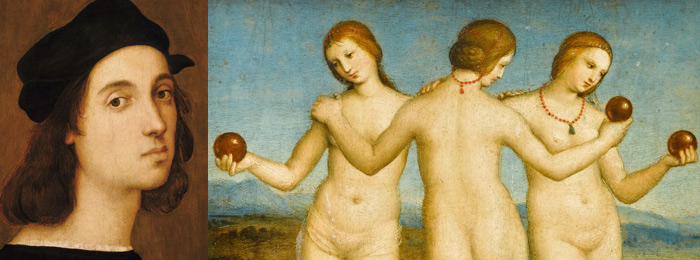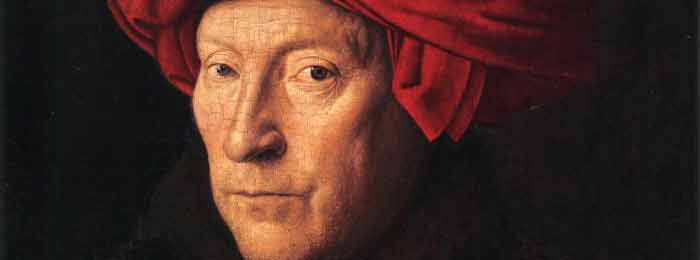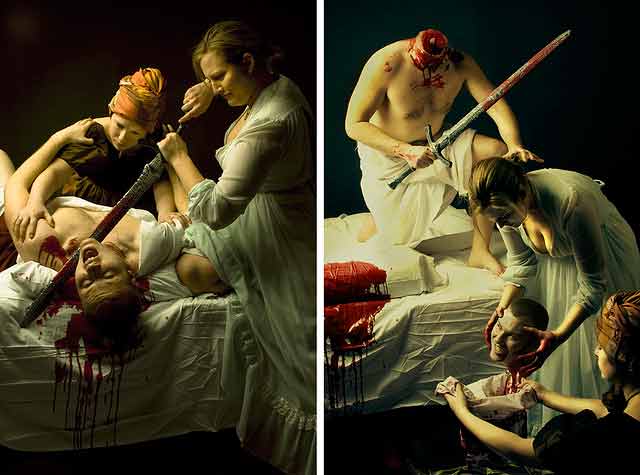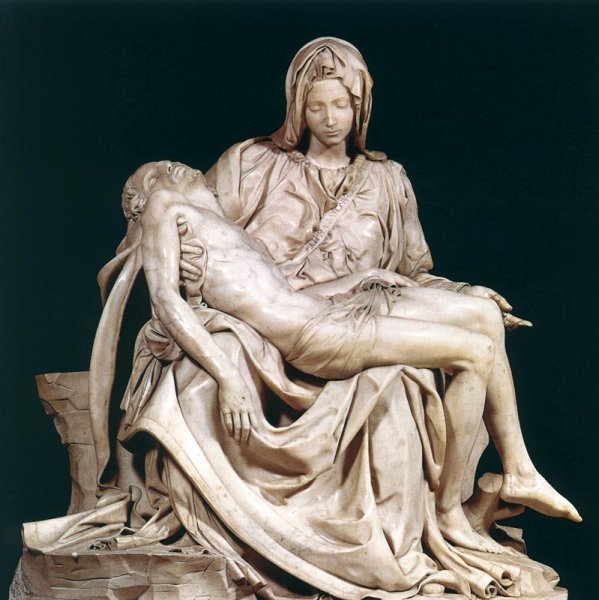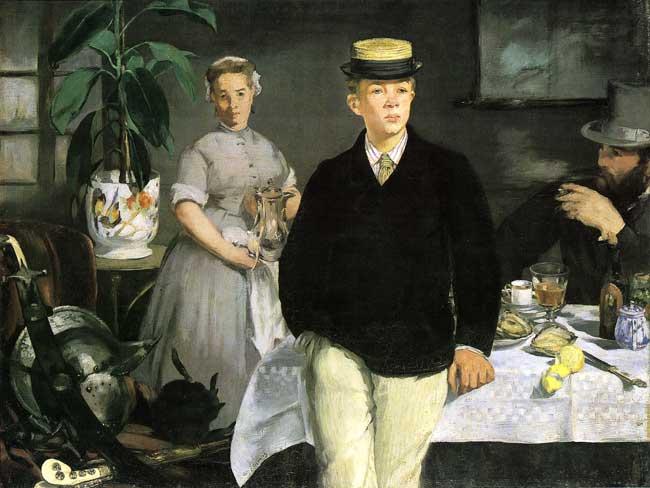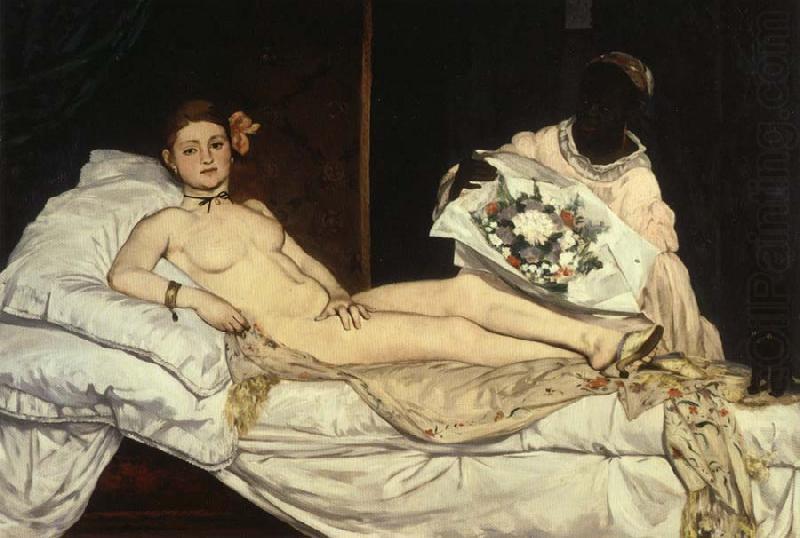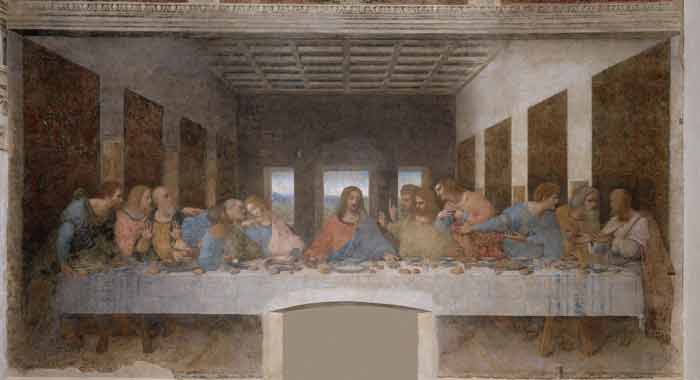On 23 Aug, 2015 With
How to paint in style of Raphael The Three Graces is an oil painting by Italian painter Raphael, housed in the Musée Condé of Chantilly, France. The date of origin has not been positively determined, though it seems to have been painted at some point after his arrival to study with Pietro Perugino in about 1500, possibly 1503-1505. According to James Patrick in 2007’s Renaissance and Reformation, the painting represents the first time that Raphael had depicted the nude female form in front and back views. The Three Graces is an oil painting by Italian painter Raphael. The date of origin has not been positively determined, though it seems to have been painted at some point after his arrival to…
Read More
On 19 Jun, 2015 With
The Oil Painting Technique of Van Eyck With Van Eyck, painting entered a new era. His new technical methods and discovery of a more a pliable medium his colors immediately freed the artist of his time from many of the restraints imposed by the rigidity of the earlier mediums. Transparent glazes of Van Eyck’s oil painting technique allowed all the subtleties of the underlying layers of the painting to show through. This glazing produces the same phenomena as colored glass. A red glass, for instance, does not show the full intensity of its color except by the luminosity of the ground which shows through it. Placed on the earth it will appear dark. Similarly, the quality of the color of…
Read More
On 14 Jul, 2011 With
Modern interpretation of Caravaggio’s “Judith Beheading Holofernes” Caravaggio’s Oil Painting Technique – Learn from the OLD MASTERS
Read More
On 11 Jul, 2011 With
Learn from the OLD MASTERS The Pietà (pl. same; Italian for pity) is a subject in Christian art depicting the Virgin Mary cradling the dead body of Jesus, most often found in sculpture. As such, it is a particular form of the Lamentation of Christ, a scene from the Passion of Christ found in cycles of the Life of Christ. When Christ and the Virgin are surrounded by other figures from the New Testament, the subject is strictly called a Lamentation in English, although Pietà is often used for this as well, and is the normal term in Italian
Read More
On 6 Jun, 2011 With
Andrea Mantegna’s Oil Painting Technique – Foreshortening The Lamentation of Christ (also known as the Lamentation of Dead Christ, or the Dead Christ) is a c. 1480 oil painting by the Italian Renaissance artist Andrea Mantegna. While the dating of the piece is debated, is generally believed to have been completed between 1457 and 1501. It portrays the body Christ supine on a marble slab. He is watched over by the Virgin Mary and St. John, who are weeping for his death. The theme of the Lamentation is common in medieval and Renaissance art, although this treatment, dating back to a subject known as the Anointing of Christ is unusual for the period. Most Lamentations show much more contact between…
Read More
On 2 Jun, 2011 With
Oil Painting Techniques – Oil paintings based on The Last Supper Leonardo da Vinci. How to imitate the Old Masters.
Read More
On 31 May, 2011 With
Manet’s Oil Painting Technique How to Paint in Oils Manet’s use of juxtaposed areas of dark tone, and his use of black-as a colour, and not as a tone (which are characteristics of much of his work, particularly of the 1860s) was wholly different from that of’ many of’ his contemporaries and demonstrates a very different technical procedure. Many mid -19th century painters favoured the use of bitumen, because of its beautiful, transparent brown colour. They loaded canvases with this unstable pigment and produced works which were superficially dramatic and flashy. The comments of Quentin Bell, although he is talking specifically of mid – l9th century British painters, are equally relevant to many French artists. He uses the term “slosh”…
Read More
On 30 May, 2011 With
Manet’s Oil Painting Technique Manet’s exploration of the visual and pictorial implications of a simplified tonal scheme culminated in the assurance with which he handled the nude in Olympia (1863). It is worth quoting Hamilton at some length for his assessment of the technique used in this painting and the public response to this painting. “In the Olympia the technical and conceptual experiments of the earlier years finally found a coherent and complete expression. The restricted colour range of the Bullfight, the full frontal lighting of the Dead Christ, the contemporary subject devoid of any moralizing or romantic idealization which he had sought but never achieved in the Spanish themes and which had been compromised in the Dejeuner sur l’Herbe…
Read More
On 26 May, 2011 With
Oil Painting Techniques – Oil paintings based on The Last Supper Leonardo da Vinci. The Last Supper in culture; how to imitate the Old Masters. Fine Art Lessons: Oil Painting Technique – How to paint in style of Leonardo da Vinci.
Read More
On 12 May, 2011 With
Leonardo da Vinci’s Oil Painting Technique – How to paint like the Old Masters. The Last Supper (Italian: Il Cenacolo or L’Ultima Cena) is a 15th century mural painting in Milan created by Leonardo da Vinci for his patron Duke Ludovico Sforza and his duchess Beatrice d’Este. It represents the scene of The Last Supper from the final days of Jesus as narrated in the Gospel of John 13:21, when Jesus announces that one of his Twelve Apostles would betray him. Leonardo da Vinci’s Oil Painting Technique: Leonardo da Vinci painted The Last Supper on a dry wall rather than on wet plaster, so it is not a true fresco. Because a fresco cannot be modified as the artist works,…
Read More


